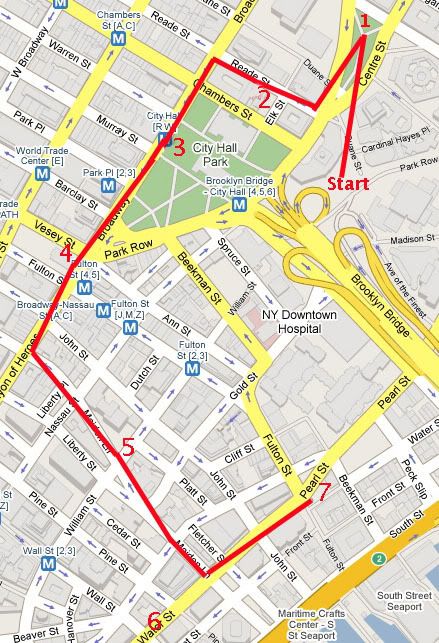from the Granada Hills (pardon the expression) Charter School :)
My pro-union background prejudice aside for charter's-it looks like a great place.
Gifts I'm preparin'
For some Christmas sharin'
But I pause because
Hangin' my stockin'
I can hear a knockin'
'Zat you, Santa Claus
Sure is dark out
Not the slighest spark out
Pardon my clackin' jaws
Uh, who there
Who is it
Uh, stoppin' for a visit
'Zat you, Santa Claus
Are you bringin' a present for me
Something pleasantly pleasant for me
That's what I've been waitin' for
Would you mind slippin' it under the door
Four winds are howlin'
Or maybe that be growlin'
My legs feel like straws
Oh my, my, me, my
Kindly would you reply
'Zat you, Santa Claus
Yeah
Oh hangin' my stockin'
I can hear a knockin'
'Zat you, Santa Claus
Yeah, say now
Hey there, who is it
Stoppin' for a visit
'Zat you, Santa Claus
Whoa there Santa you gave me a scare
Now stop teasin' 'cause I know you're there
We don't believe in no goblins today
But I can't explain why I'm shakin' this way
Well I see old Santa in the keyhole
I'll give to the cause
One peek and I'll try there
Uh-oh there's an eye there
'Zat you, Santa Claus
Please, please
I pity my knees
Say that's you Santa Claus
That's him alright


















